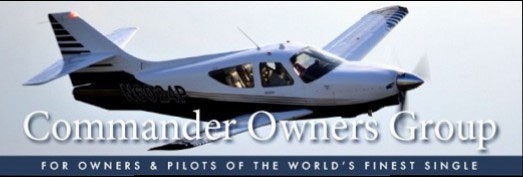- Aircraft Year
- 1974
- Aircraft Type
- 112 Hot Shot
- Reg Number
- N1144J
- Serial Number
- 186
I saw some figures in there and it made me wonder - is there an STC for a turbocharged 114, not just turbonormalised? It wouldn’t take much boost to get the same power as the Super Commander.
What altitude do you normally fly at? The 114HS already makes more power than the Super above 7K ft.
